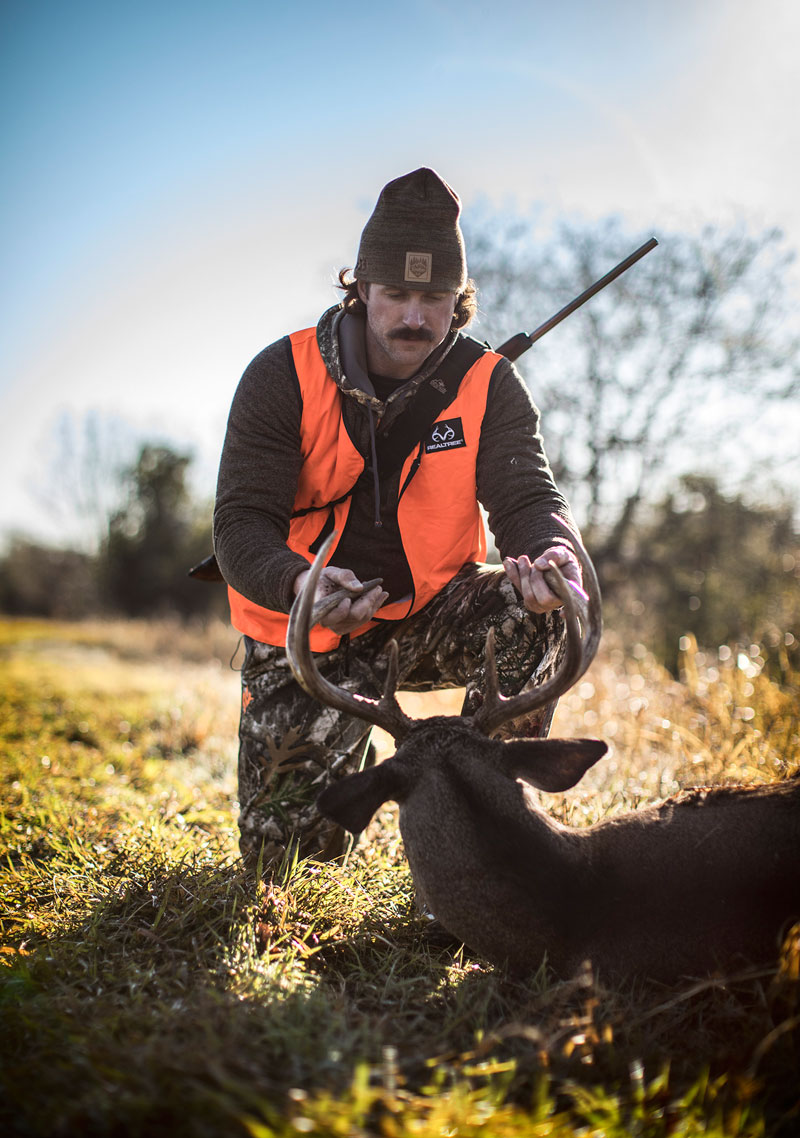 For most of my professional career, my job prevented me from being able to hunt the whitetail rut. Armed with my video camera, I spent the productive days of November and December documenting the fighting, chasing and breeding of the rut for the different outdoor networks.
For most of my professional career, my job prevented me from being able to hunt the whitetail rut. Armed with my video camera, I spent the productive days of November and December documenting the fighting, chasing and breeding of the rut for the different outdoor networks.
Eventually, with the season winding down, I would find time to climb a tree myself and enjoy the last few days of the season.
Over the years I’ve learned a few things about being successful during the late season and even blessed to tag some nice bucks in the process.
It’s all about the groceries
During the rut, a whitetail buck can lose as much as 25% of his body weight. This means that once the breeding cycle comes to an end, bucks have one major objective, to regain the lost body weight in preparation of the coming colder weather.
When it comes to providing the food a buck will seek out in late season, food plots take center stage. The choices are endless, but if you have something green in your plots during December and January, you’ll boost your odds of tagging a nice buck.
The key to making these plots successful is early planning, keeping in mind the actual planting isn’t nearly as important as the location of the plot. For hunters who have the acres, you may want to create a plot solely for late season hunting. A plot deer feed in all season without hunting pressure can pay big dividends during late season.
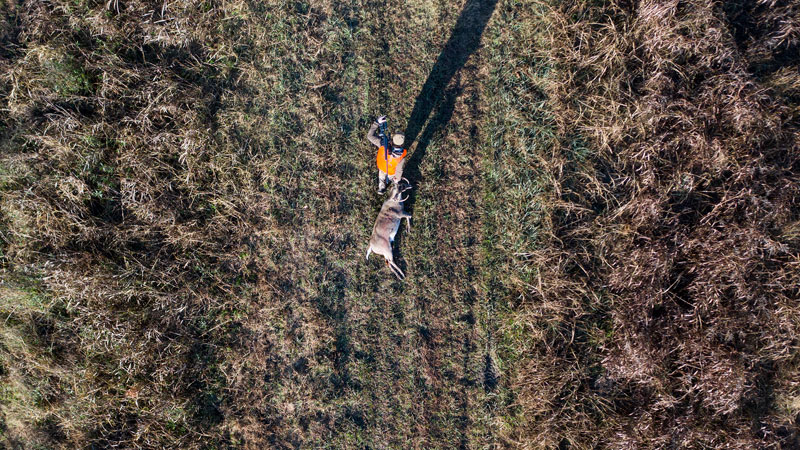
And while corn and soybeans are the undisputed kings of late season food, wheat, oats and brassicas will also do an effective job. In addition, the green plantings don’t require as many acres, as much maintenance, time or money.
P.M. over A.M.
Like early season, afternoons will often be more productive than morning hunts during late season, especially if the weather turns cold. I learned that trying to access my stand before daylight during the last few weeks of the season often resulted in my spooking deer that had been pressured and hunted all season.
Over time, my personal observations confirmed that the number of deer I saw during afternoon hunts almost doubled or even tripled that of a morning hunt.
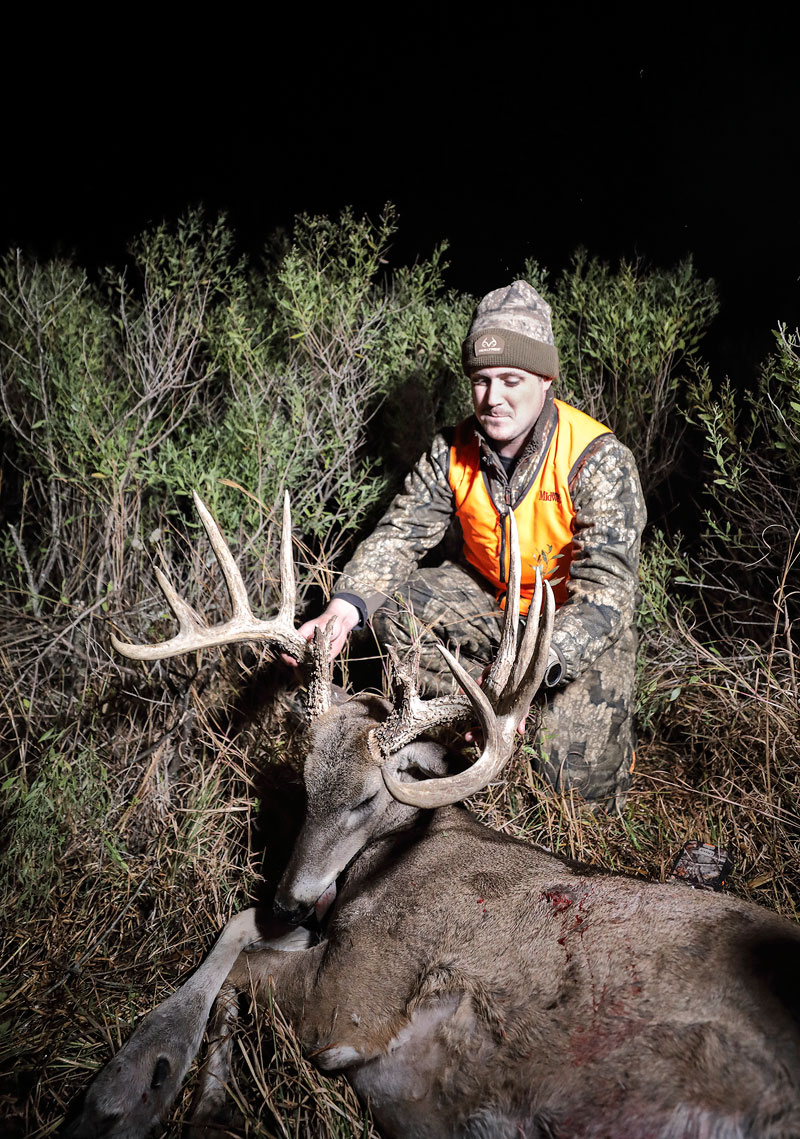
After feeding all night, deer will return to their bedding areas to wait out the coldest hours of the day. This means the period just prior to daylight, lasting until around noon. I also began to look more closely at the warmest times of each day and found that more times than not, the temperature would peak between 1:00 and 2:00 p.m. during periods of cold weather.
Armed with this information, I began climbing into my stand shortly after noon for these late season hunts.
Ease in
Late season success often means changing your tactics. With the leaves on the ground and most undergrowth dead, the woods landscape opens, meaning deer can see danger at further distances. At the same time, hunters can now see deer at greater distances also. For this reason, I always “hunt” my way to my stand during the late season.
Several years ago, during a January archery hunt, I found myself walking a narrow road that cut through a large CRP field. The mercury had dipped below freezing several nights in a row, forcing me to walk slowly, avoiding the frozen mud holes littered along the road. I was still 100 yards from my stand when I heard the unmistakable sound of a deer breaking through the ice formed in the low spots of the thicket.
The CRP was so thick it was impossible for the deer to see me or vice versa. I had no way of knowing which direction the deer was moving in but decided to move to the edge of the road and get ready for a possible shot. Less than 60 seconds later a beautiful buck stepped from the CRP at less than 30 yards. The buck glanced my way, then quickly turned his attention in the opposite direction. I immediately took the opportunity to draw my bow, resulting in a good shot. The buck took off into the CRP, became entangled in some underbrush and expired less than 30 feet from the road.
The effort of walking in quietly and slowly paid off in a big way.
The colder, the better
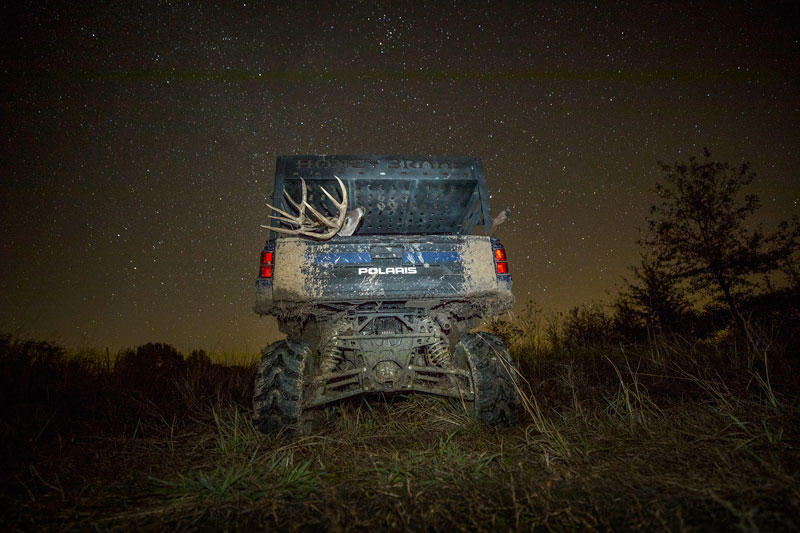
The colder the temperature, the better the hunting during late season. Cold weather means deer must burn more calories to stay warm, which in turn means they must also be on their feet to feed. If you prepare properly, you can stay comfortable while on the stand, regardless of the weather.
In 1997, I was working as an Associate Producer for North American Hunting Club, located in Minneapolis, Minnesota. One day a co-worker came to me and asked if I could schedule a January archery hunt somewhere in the deep south.
A few weeks later we arrived at Tara Wildlife, north of Vicksburg, Miss. During our first night in camp it snowed, and by the time we reached our stand the following morning, the temperature was in the high 20’s with a 10 mile per hour wind blowing in off the cold waters of the Mississippi River. My friend, who I was filming, was a native of Wisconsin and had lived his entire life there. He was accustomed to cold weather.
By 9:00 am that morning he was visibly shaking below me in his stand. When I asked if he was alright, he told me he had failed to bring his cold weather clothing because he didn’t believe the weather in the south could get cold enough to affect him.
He was wrong.
For late season, I always have heater packs with me. One goes under my wool cap, one in each jacket pocket, one in each boot, and I even had my wife sew small pockets into my jacket where I can place two packets next to my kidneys.
I couldn’t care less about being tough, I want to be comfortable, which in turn enables me to stay on stand as long as possible.
Prepare yourself mentally
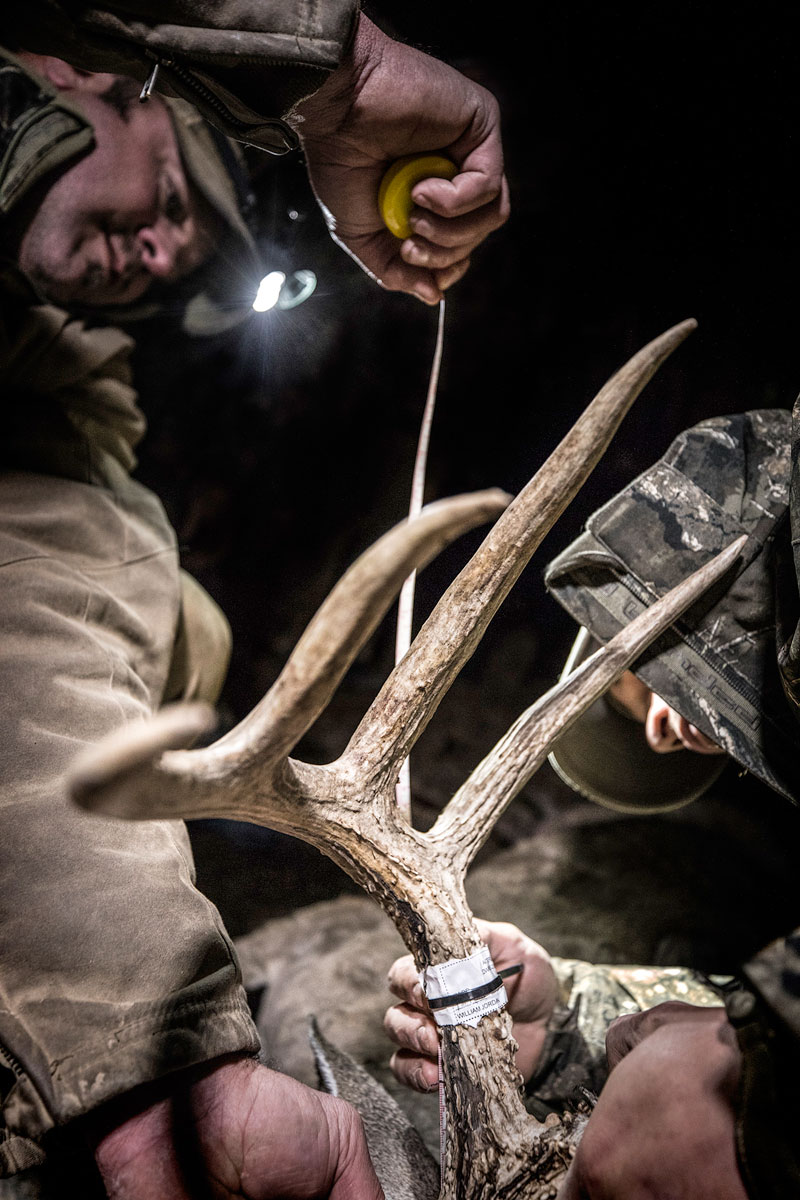
With time running out and that tag burning a hole in your pocket, its easy to get off your mental game. Maintaining your focus and sticking to the plan will give you an advantage during the late season.
It took me years to learn my gut instinct was most often correct. I eventually learned not to second guess myself, instead trusting the skills learned from a lifetime of chasing of whitetails. The best way to maintain your focus is to make sure you’re prepared. If you’re a bowhunter, take time to practice with your bow while wearing the heavy clothes you may be forced to wear. Be sure to pack your calls just in case you encounter a buck you need to come a few yards closer for a shot.
Even during late season, soft, non-aggressive calling can still pay dividends. Be sure your phone is charged in case you need help. During the late season, you can often find yourself alone in the woods. Pack a bottle of water and a few quiet snacks, as sometimes deer movement can be sporadic the last few days of the season.
Final thoughts
Late season success requires a different approach in order to be successful. Gone for the season are the days of bucks crashing through the understory in pursuit of a hot doe, seemingly oblivious to danger. A full season of being pursued and pressured by hunters has made the survivors wary and nervous.
However, with a little planning and a slower more thought-out approach, late season can be a great time to punch your tag.


